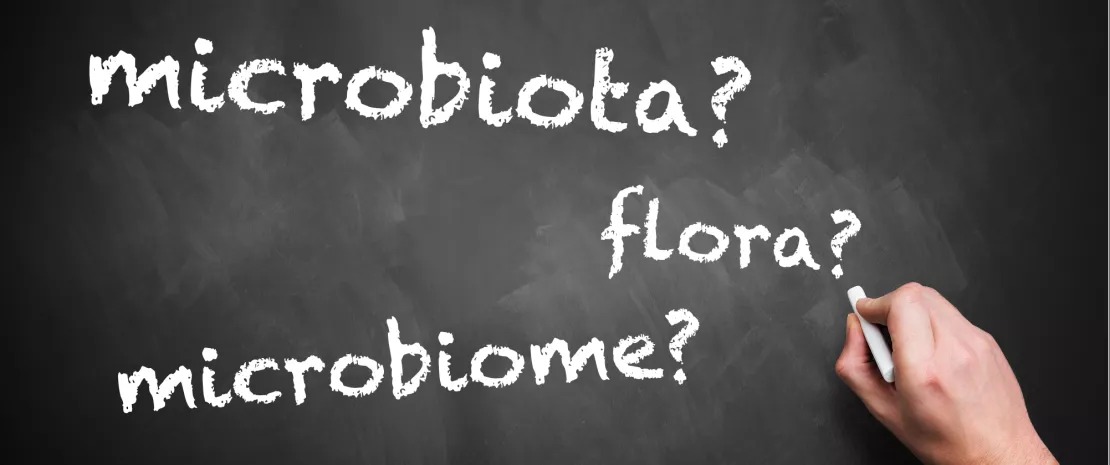Flora, microbiota, microbiome: false friends and true synonyms
Language is like fashion. What was popular twenty years ago isn’t popular now, but it might make a comeback down the line. Once frequently used, the term flora, implying the gut flora, has gradually given way to microbiota in the plural sense, since microbiota exist not only in the gut but also in the nose, mouth, vagina, skin, etc. At the same time, microbiota shouldn’t be confused with microbiome. See below for further detail on a debate not limited to semantics.
- Learn all about microbiota
- Microbiota and related conditions
- Act on your microbiota
- Publications
- About the Institute
Healthcare professionals section
Find here your dedicated section
Sources
This article is based on scientific information

About this article
As soon as we look into the minuscule world that resides in our body, certain words tend to pop up. Such words are not always clearly defined or appropriately used. Some definitions are therefore necessary.
From the ancestral term “flora”...
The term “flora” has certainly been around the longest. It once generally referred to the digestive system (the “gut flora”) and denoted, according to the Larousse medical dictionary, the “collection of microorganisms that normally resides in the intestine”. At that time, it was thought that the gut flora contained mainly bacteria1. So when the term “flora” was used, it generally referred to the bacterial population living in the gut.
... to the contemporary term “microbiota”
As science progressed, this view of the flora proved to be far too simplistic. On the one hand, our digestive system hosts far more than bacteria. Viruses, fungi (including yeasts), and parasites also make it their home2.
(and no, urine isn’t sterile!) all have their own flora.…3
Little by little, another term, “microbiota”, has come into use. This term unambiguously refers to all communities of microorganisms (and not only bacteria). “Microbiota” is always accompanied by an adjective that specifies its location (skin microbiota, oral microbiota, etc.), since each microbiota has its own characteristic set of microorganisms.
And what about “microbiome”?
Sometimes the difference hangs on thread, or rather a couple of letters. Indeed, just two letters separate “microbiota” from “microbiome”. And yet these two terms are false friends. The first denotes the population of bacteria, viruses, etc., residing in a specific area of our body but the second refers to something completely different: the genetic material of this community taken as a whole, in other words everything that the microorganisms residing there know how to do (produce specific molecules, make specific types of membrane). Imagine putting all the microorganisms that make up a microbiota into a blender, thereby erasing their individual identity, and only being left with the genetic material of the resulting microbial soup. In a village, the “microbiote” would be the list of inhabitants and the “microbiome” the list of what these inhabitants collectively know how to do (make bread, build a house, etc.).
But be careful!
In English, the terms “microbiota” and “microbiome” are often used without distinction and some articles translated from English into other languages confuse the two terms. At least now you know how to tell the difference.









